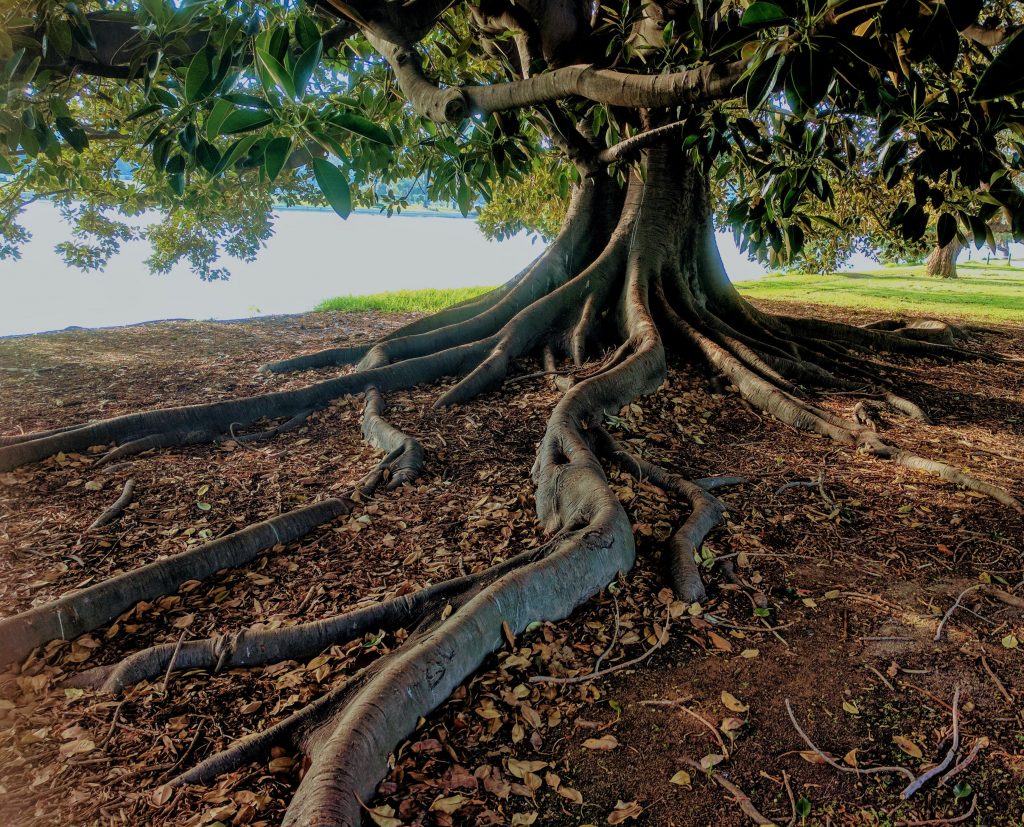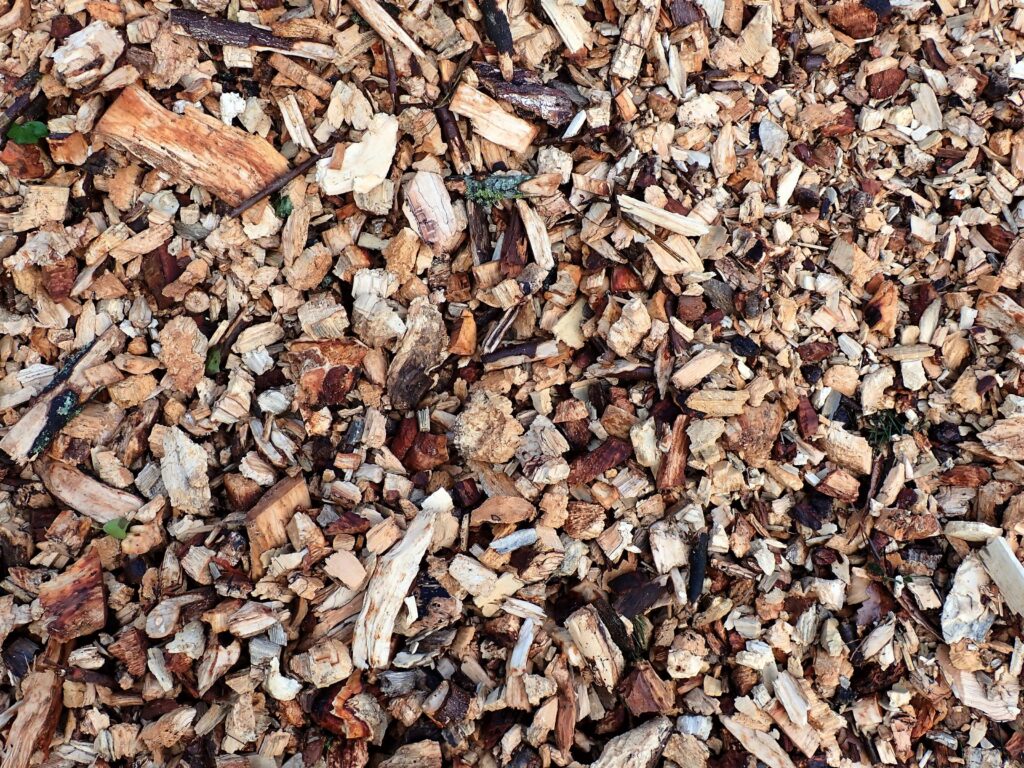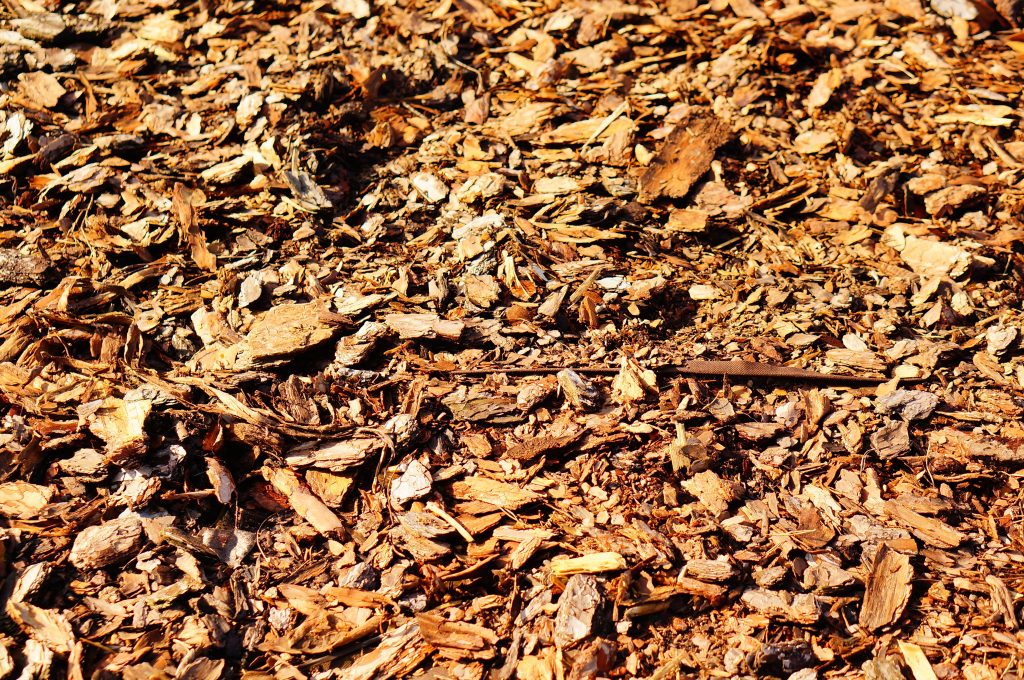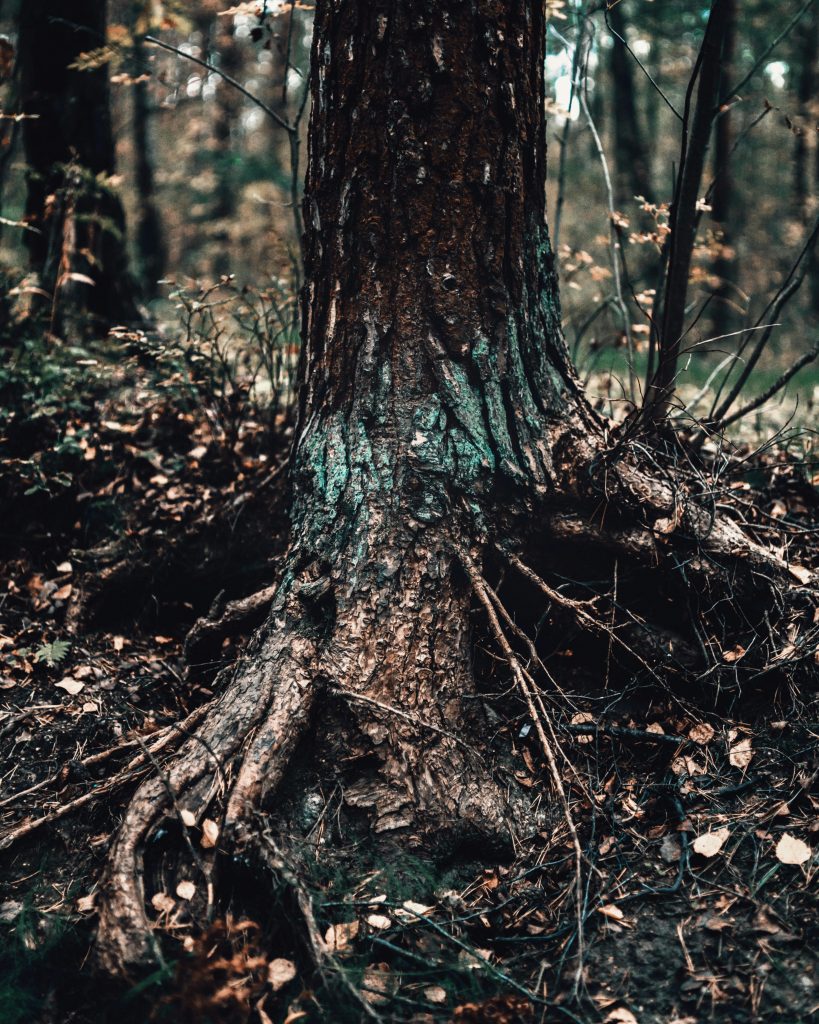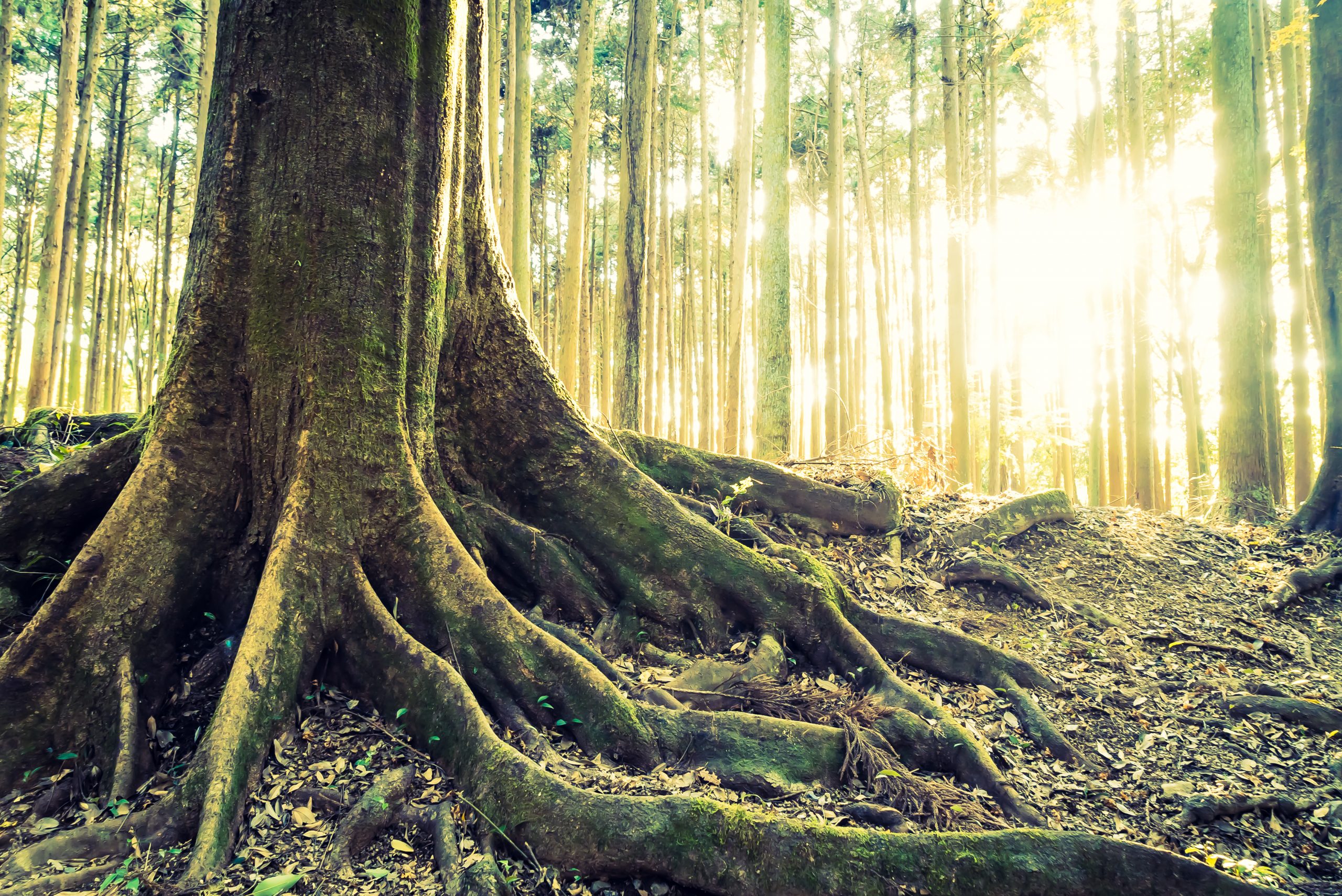ENCOURAGING SUSTAINABLE TREE PLANTING FOR FUTURE GENERATIONS
ENCOURAGING SUSTAINABLE TREE PLANTING FOR FUTURE GENERATIONS
Trees play a crucial role in maintaining a healthy environment and enhancing human well-being in a variety of ways:
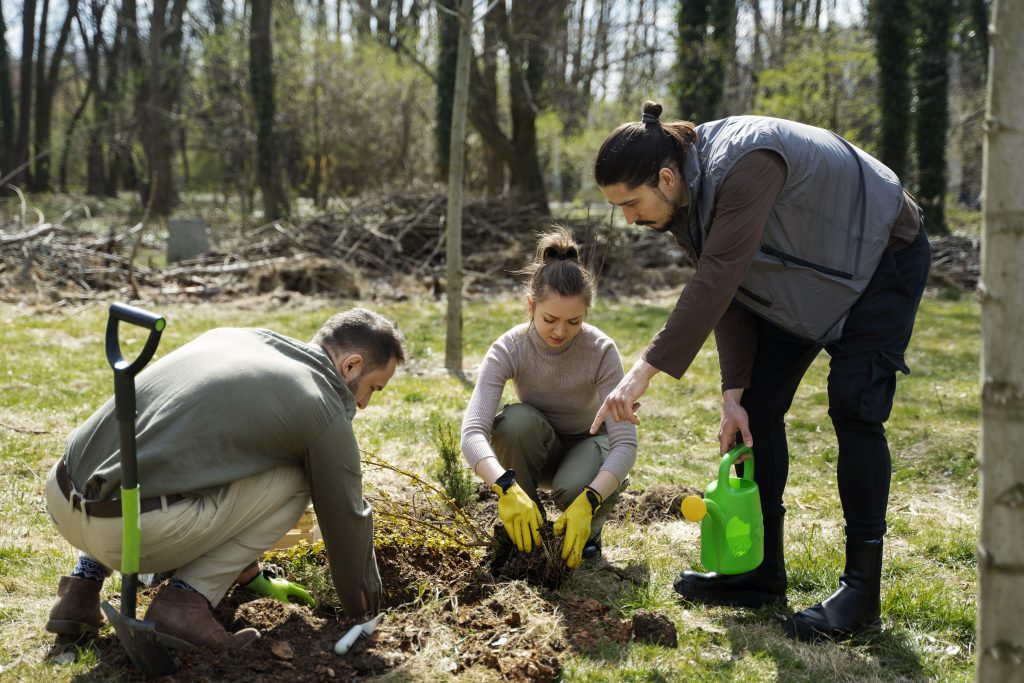
- Air Quality Improvement: Trees act as natural air purifiers by absorbing harmful pollutants, such as carbon dioxide (CO2), sulfur dioxide (SO2), and nitrogen oxides (NOx), and releasing oxygen during photosynthesis. This process helps improve air quality and reduces the negative impacts of air pollution on human health.
- Climate Regulation: Trees sequester carbon dioxide through photosynthesis, helping to mitigate the effects of climate change by reducing the concentration of greenhouse gases in the atmosphere. They also provide shade, which helps cool urban areas and reduces energy consumption for air conditioning.
- Biodiversity Conservation: Trees provide habitats for countless species of animals, birds, insects, and plants. Healthy ecosystems with diverse tree populations support biodiversity, contributing to the overall health of ecosystems and their resilience against disturbances.
- Soil Erosion Prevention: Tree roots anchor the soil, preventing erosion caused by wind and water. This is especially important in areas prone to flooding or heavy rainfall, as trees help stabilize soil and prevent nutrient runoff.
- Water Management: Trees help regulate water cycles by absorbing water from the soil and releasing it through a process called transpiration. This process helps maintain stable water levels in watersheds, reducing the risk of flooding and drought.
- Aesthetic and Psychological Benefits: Green spaces with trees have been shown to have positive psychological effects on human well-being. People often find comfort and relaxation in natural settings, which can reduce stress and improve mental health.
- Economic Value: Trees contribute to the economy through industries like forestry, paper production, and tourism. They can also increase property values and attract businesses to areas with lush vegetation.
- Fruit and Nut Production: Many trees produce fruits, nuts, and seeds that are important sources of food for both humans and wildlife. These resources contribute to food security and biodiversity.
- Medicinal Uses: Various parts of trees have been used in traditional medicine for centuries. Some tree species have compounds with potential therapeutic properties.
- Wildlife Habitat: Trees provide nesting sites, shelter, and food sources for numerous wildlife species, contributing to healthy ecosystems and the balance of local food chains.
- Carbon Sequestration: Trees capture and store carbon dioxide, which helps mitigate the effects of climate change by reducing the amount of this greenhouse gas in the atmosphere.
- Education and Recreation: Trees provide opportunities for outdoor activities, education, and environmental awareness. Parks, forests, and green spaces offer places for people to connect with nature and learn about ecosystems.
In essence, trees are an integral part of the environment, and their well-being directly impacts human well-being. Recognizing and promoting the importance of trees is essential for creating a sustainable and balanced coexistence between humans and the natural world.
Deforestation and climate change are two interconnected and pressing global challenges that have far-reaching environmental, social, and economic implications:
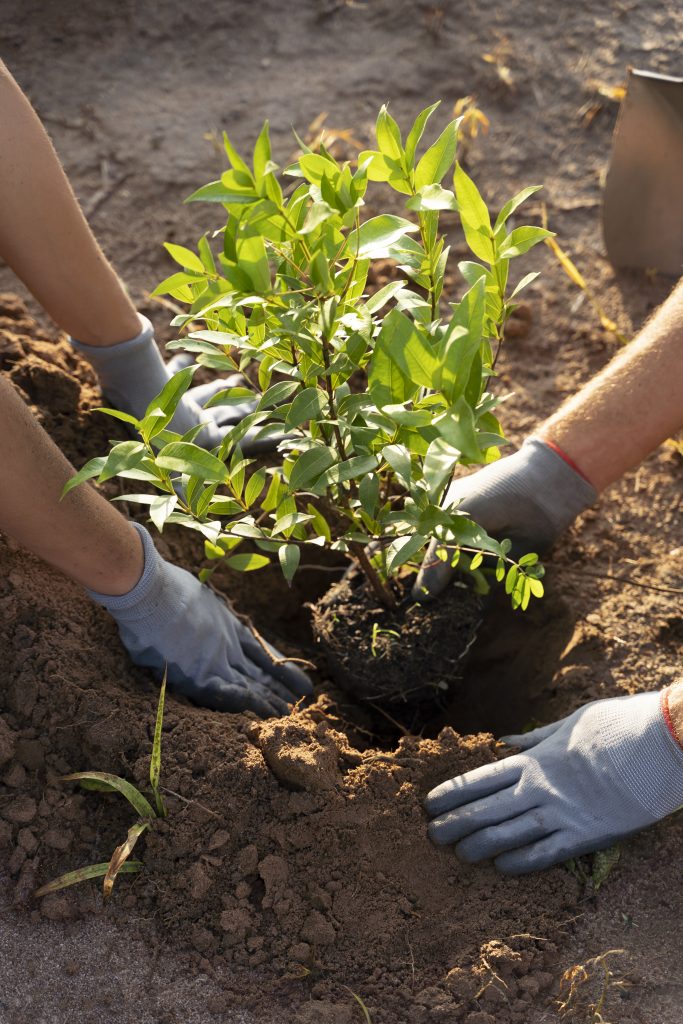
- Deforestation: Deforestation refers to the large-scale clearing of forests, often for agricultural expansion, logging, mining, and urban development. It has several concerning consequences:
- Loss of Biodiversity: Forests are home to countless plant and animal species. Deforestation leads to habitat destruction, endangering many species and even causing some to go extinct.
- Climate Impact: Trees play a crucial role in absorbing carbon dioxide, a greenhouse gas responsible for climate change. When trees are cut down, the stored carbon is released into the atmosphere, contributing to global warming.
- Soil Erosion and Degradation: Removing trees destabilizes soil, leading to erosion, reduced fertility, and decreased agricultural productivity.
- Disruption of Water Cycles: Forests play a role in regulating water cycles, and deforestation can lead to altered rainfall patterns, reduced water quality, and increased vulnerability to flooding and drought.
- Loss of Cultural and Indigenous Knowledge: Many indigenous communities rely on forests for their livelihoods, cultural practices, and traditional knowledge. Deforestation disrupts these ways of life.
- Economic and Social Impact: While deforestation may offer short-term economic gains, the long-term consequences can include loss of ecosystem services, reduced tourism potential, and negative impacts on local economies.
- Climate Change: Climate change refers to long-term shifts in global weather patterns, largely driven by human activities releasing greenhouse gases into the atmosphere. This has wide-ranging effects:
- Rising Temperatures: Increased greenhouse gas concentrations lead to global warming, resulting in rising average temperatures, which in turn contribute to heatwaves, melting glaciers, and rising sea levels.
- Extreme Weather Events: Climate change intensifies extreme weather events such as hurricanes, droughts, floods, and wildfires, impacting communities, economies, and ecosystems.
- Ocean Acidification: The oceans absorb a significant portion of carbon dioxide emissions, leading to increased acidity, which can harm marine life and disrupt ocean ecosystems.
- Impact on Agriculture: Changing climate patterns affect agricultural productivity, leading to reduced crop yields and increased food insecurity.
- Health Concerns: Climate change can exacerbate health problems, as it can lead to the spread of diseases, worsen air quality, and increase the frequency of heat-related illnesses.
- Environmental Displacement: Rising sea levels and extreme weather events can force people to leave their homes, leading to climate-induced migration and displacement.
Addressing these concerns requires a multi-pronged approach that includes global cooperation, policy changes, sustainable land management, renewable energy adoption, and community involvement. Recognizing the relationship between deforestation and climate change is crucial for formulating effective strategies to mitigate their impacts and create a more sustainable future for both people and the planet.
Consequences Of Deforestation
Deforestation has significant and far-reaching consequences that impact the environment, biodiversity, climate, and human societies in various ways. Here are some of the key consequences of deforestation:
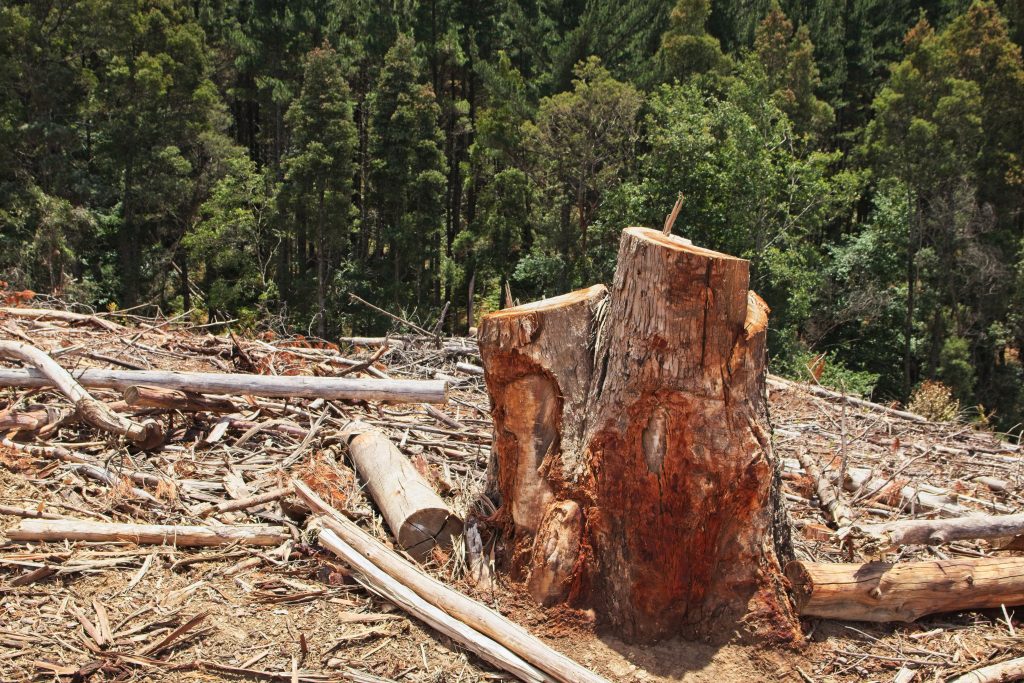
- Loss of Biodiversity: Forests are incredibly diverse ecosystems that provide habitats for a wide variety of plant and animal species. When forests are cleared, many species lose their homes, leading to habitat destruction and a potential loss of biodiversity. This can result in extinctions, disrupt food chains, and weaken ecosystem resilience.
- Climate Change: Deforestation contributes to climate change by releasing stored carbon dioxide (CO2) into the atmosphere. Trees act as carbon sinks, absorbing CO2 during photosynthesis. When trees are cut down or burned, this carbon is released back into the air, contributing to the greenhouse effect and global warming.
- Soil Erosion: Tree roots help anchor soil, preventing erosion caused by wind and water. Without trees, the soil becomes more vulnerable to erosion, leading to degradation, reduced fertility, and decreased agricultural productivity. Eroded soil can also clog waterways and harm aquatic ecosystems.
- Disruption of Water Cycles: Trees play a crucial role in regulating water cycles. They absorb water from the soil and release it through transpiration, contributing to stable water levels in watersheds. Deforestation can disrupt these cycles, leading to altered rainfall patterns, increased runoff, and decreased groundwater recharge.
- Loss of Ecosystem Services: Forests provide a wide range of ecosystem services that benefit humans, including pollination, water purification, soil fertility, and natural pest control. Deforestation can compromise these services, affecting agricultural productivity and human health.
- Increased Greenhouse Gas Emissions: The clearing of forests for various purposes, such as agriculture or logging, releases not only carbon dioxide but also other greenhouse gases like methane and nitrous oxide. These gases further contribute to climate change and its associated impacts.
- Loss of Indigenous and Local Livelihoods: Many indigenous and local communities rely on forests for their traditional livelihoods, cultural practices, and sustenance. Deforestation can disrupt these communities’ ways of life, leading to economic and social challenges.
- Impact on Global Water Resources: Forests play a crucial role in regulating the Earth’s water cycle. Their roots help maintain soil structure, prevent erosion, and contribute to groundwater recharge. Deforestation can disrupt these processes, leading to changes in regional water availability.
- Increased Vulnerability to Natural Disasters: Forests act as natural barriers against natural disasters such as landslides, floods, and hurricanes. Their dense root systems stabilize soil and absorb excess water. Without trees, areas become more susceptible to these disasters.
- Loss of Medicinal Resources: Many tree species have medicinal properties and are used in traditional and modern medicine. Deforestation can lead to a loss of these resources, impacting healthcare practices in both local and global contexts.
- Loss of Aesthetic and Recreational Value: Forests offer recreational opportunities, aesthetic beauty, and places for people to connect with nature. Deforestation diminishes these values and can lead to a decrease in mental and physical well-being.
- Cultural Impact: Forests often hold cultural and spiritual significance for indigenous peoples and local communities. Their destruction can lead to a loss of cultural heritage and traditions.
In summary, deforestation has a wide range of negative consequences that impact ecosystems, climate, biodiversity, water resources, and human well-being. Recognizing these consequences is crucial for implementing sustainable land management practices and promoting the conservation and restoration of forests worldwide.
Need For Sustainable Tree Planting To Ensure A Better Future
Sustainable tree planting is a crucial strategy for ensuring a better and more sustainable future for several reasons:
- Climate Change Mitigation: Trees are powerful tools for capturing carbon dioxide from the atmosphere through photosynthesis and storing it in their biomass. By planting trees strategically and protecting existing forests, we can help mitigate the effects of climate change by reducing greenhouse gas emissions and stabilizing the global climate.
- Biodiversity Conservation: Trees provide habitats for countless species of plants, animals, insects, and microorganisms. Planting native tree species in degraded areas helps restore ecosystems and supports biodiversity, which is essential for maintaining healthy and resilient ecosystems.
- Ecosystem Restoration: Sustainable tree planting can contribute to restoring degraded lands, such as deforested areas, abandoned agricultural fields, and mined sites. This process helps prevent soil erosion, promotes water retention, and improves overall ecosystem health.
- Natural Resource Management: Trees play a vital role in soil health, water management, and nutrient cycling. Planting trees strategically can improve soil fertility, prevent erosion, enhance water quality, and promote sustainable land use practices.
- Community Livelihoods: Tree planting initiatives can provide livelihood opportunities for local communities through sustainable forestry, agroforestry, and eco-tourism. Well-designed projects can empower communities economically while promoting environmental stewardship.
- Air and Water Quality Improvement: Trees contribute to cleaner air by absorbing pollutants and releasing oxygen. They also help filter water, removing contaminants and improving water quality in rivers, streams, and groundwater.
- Urban Greening: Planting trees in urban areas improves air quality, reduces the urban heat island effect, and enhances the overall aesthetic and livability of cities. Green spaces have been shown to have positive effects on mental and physical well-being.
- Education and Awareness: Sustainable tree planting initiatives provide opportunities for education and awareness about environmental issues. They can engage local communities, schools, and organizations in environmental stewardship and foster a sense of responsibility for the planet.
- Long-Term Investment: Trees are long-lived organisms, and a well-managed forest or tree planting project can provide benefits for decades or even centuries. They offer valuable resources such as timber, fruits, nuts, and medicinal products, contributing to sustainable economic growth.
- Legacy for Future Generations: Planting trees today means creating a legacy for future generations. By taking action now, we can ensure that our children and grandchildren inherit a healthier, more diverse, and resilient planet.
To realize these benefits, it’s essential that tree planting efforts are conducted in a sustainable and informed manner. This includes using native species, considering local ecosystems, involving local communities, and maintaining a long-term commitment to care for the planted trees. By prioritizing sustainable tree planting, we can contribute to a more balanced and harmonious relationship between humans and nature, leading to a better future for all.
About Murray, Utah
Murray is a city situated on the Wasatch Front in the core of Salt Lake Valley in the U.S. state of Utah. Named for territorial governor Eli Murray, it is the state's fourteenth largest city. According to the 2020 census, Murray had a population of 50,637. Murray shares borders with Taylorsville, Holladay, South Salt Lake and West Jordan, Utah. Once teeming with heavy industry, Murray's industrial sector now has little trace and has been replaced by major mercantile sectors. Known for its central location in Salt Lake County, Murray has been called the Hub of Salt Lake County. Unlike most of its neighboring communities, Murray operates its own police, fire, power, water, library, and parks and recreation departments and has its own school district. While maintaining many of its own services, Murray has one of the lowest city tax rates in the state.
Neighborhoods in Murray, Utah
Murray Oakes, Grant Park, Southwood Park, Murray Park, Murray Park Restrooms, Willow Pond Park, Neighborhood Veterinary Care
Things To Do in Murray, Utah
Bus Stops in Murray, Utah to Truco Services, Inc.
Bus Stop in Murray Central Station (Bay C) Murray, Utah to Truco Services, Inc.
Bus Stop in State St @ 4801 S Murray, Utah to Truco Services, Inc.
Bus Stop in Murray North Station Murray, Utah to Truco Services, Inc.
Bus Stop in State St @ 4949 S Murray, Utah to Truco Services, Inc.
Bus Stop in Murray Central Frontrunner/Trax Station Murray, Utah to Truco Services, Inc.
Bus Stop in Murray Blvd / Vine St (SB) Murray, Utah to Truco Services, Inc.
Bus Stop in State St @ 3925 S Murray, Utah to Truco Services, Inc.
Bus Stop in State St @ 4824 S Murray, Utah to Truco Services, Inc.
Bus Stop in State St @ 5223 S Murray, Utah to Truco Services, Inc.
Bus Stop in Murray Blvd / Allendale Dr (NB) Murray, Utah to Truco Services, Inc.
Bus Stop in Murray Blvd @ 5039 S Murray, Utah to Truco Services, Inc.
Bus Stop in State St @ 4721 S Murray, Utah to Truco Services, Inc.
Driving Directions in Murray, Utah to Truco Services, Inc.
Driving Directions from Woodruff Tree Trimming and Removal to 4640 Commerce Dr, Murray, UT 84107, USA
Driving Directions from Reliable Tree Care to 4640 Commerce Dr, Murray, UT 84107, USA
Driving Directions from Tree Pro-Tech to 4640 Commerce Dr, Murray, UT 84107, USA
Driving Directions from Prestige Tree And Landscape to 4640 Commerce Dr, Murray, UT 84107, USA
Driving Directions from Excellence Tree & Landscape to 4640 Commerce Dr, Murray, UT 84107, USA
Driving Directions from Amen Trees to 4640 Commerce Dr, Murray, UT 84107, USA
Driving Directions from Tim's Tree Care to 4640 Commerce Dr, Murray, UT 84107, USA
Driving Directions from Jordan Tree Service - Murray to 4640 Commerce Dr, Murray, UT 84107, USA
Driving Directions from Arbor Works to 4640 Commerce Dr, Murray, UT 84107, USA
Driving Directions from Diamond Tree Experts to 4640 Commerce Dr, Murray, UT 84107, USA
Driving Directions from Green Tree Arborist to 4640 Commerce Dr, Murray, UT 84107, USA
Driving Directions from TruCo Services to 4640 Commerce Dr, Murray, UT 84107, USA
Reviews for Truco Services, Inc. Murray, Utah
Emily Abercrombie
We had a great experience with TruCo! They were well priced, responsive and prompt. Michael was a pleasure to work with and gave us advice on which plants to put in where we took out our ugly old shrubs. I would highly recommend this company!!!
Michelle Turpin
TruCo Services gets 5 stars from us for customer service. We experienced a few issues with their services this last year and Rob Eccles in senior management, stepped in and immediately handled our issues. He was very committed to making sure they understood our expectations and would execute to make us happy.
Siobhan Billingsley
I work for a property management company and have the pleasure of working with Rob at a community in Sandy. He has been incredible to work with and always responds in a timely manner. He knows all the homeowners by name and address and is aware of all the "problem" areas when it comes to sprinklers. I never have to worry about following up with him because he always reaches out to provide me with an update. If you're looking to work with someone who takes pride in their job, is professional, and can solve the worst landscaping problems thrown your way, Rob is your guy. Thank you, Rob for all you do!
Jaime S.
We have used Truco at 2 of the complexes we manage, they have been great to work with. Good quality service, outstanding customer service with good communication. That's hard to find these days. I highly recommend them. Travis has been awesome to work with.
Jerusha Smart
We use TruCo for a majority of our properties and our home. While other landscaping companies we use come and go for various reasons like cost, communication issues, work performance, etc., TruCo is always consistent in price and work. Also, Rob is the best.
